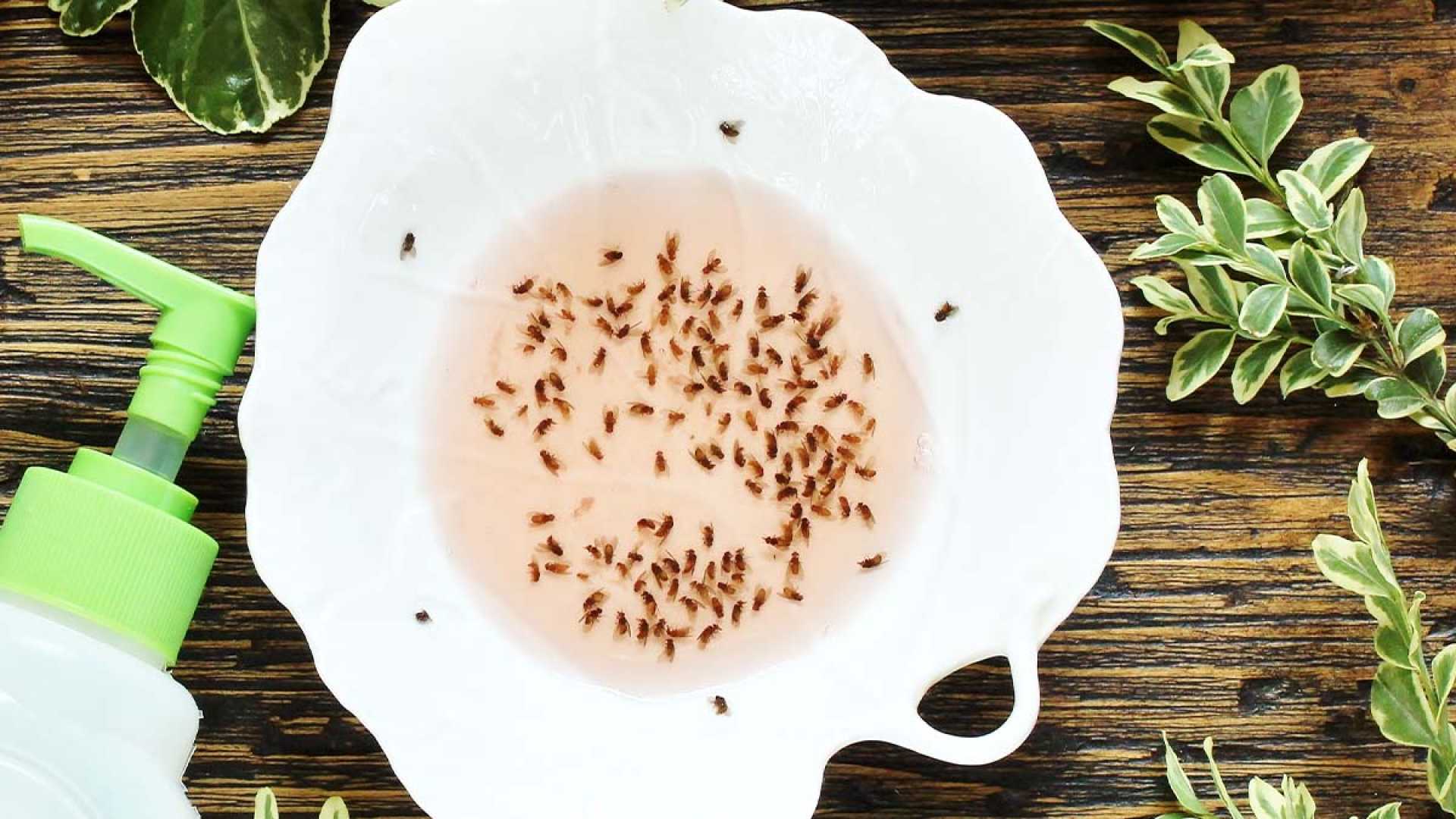News
Simple Fixes to Stop Gnats from Invading Your Home

ATLANTA, Ga. — Gnats have become a common nuisance in many homes, often due to poor sanitation. According to Scot Hodges, vice president of professional development and technical services at Arrow Exterminators, these pests thrive when they find food and breeding sites.
Hodges noted, “Infestations can also seem to arise out of nowhere because of how quickly gnats reproduce. Once one or two are observed, the time from laying the eggs to adult can happen in a few days.” To tackle gnat infestations, homeowners need to identify the root cause and follow simple prevention techniques.
Experts recommend paying close attention to the areas where gnats are spotted, as the source is likely nearby. Basic sanitation can help eliminate and prevent these pests. Hodges suggests using traps, such as yellow sticky traps for fungus gnats or pheromone-based traps for fruit flies, to help reduce the numbers during the cleanup process.
Fruit flies, a prevalent type of gnat, are attracted to the sugars and fermentation found in overripe fruit. “They’re drawn to anything fermenting or ripening,” explained Jeremy Logsdon, co-owner of Preventive Pest Control. “Think about that bowl of bananas on your counter that’s a little overripe.”
The best remedy is to dispose of any overripe fruit and clean the affected area. “Once the food source is identified and removed, the problem will clear up within a few days,” Hodges added.
Additionally, gnats can often breed in sink and shower drains. Certified entomologist David Castro explained that hair and other products can create a perfect environment for these pests. To check if drains are the source, place a glass over the drain overnight. In the morning, inspect for adult gnats.
The solution involves physically removing clogs from the drains. A DIY method includes pouring equal parts baking soda and vinegar down the drain, covering it for 15 minutes, and flushing with boiling water.
Fungus gnats may also be linked to overwatering plants, which leads to fungus growth in the soil. “Reducing the amount or frequency of watering might help solve the problem,” Castro said. It is also wise to remove any decaying foliage and possibly repot the plants with fresh soil.
Hodges advises placing raw potato chunks in infested plant pots to attract gnat larvae. “The gnat larvae like to eat potatoes, so they’ll move from the soil to the potato, and you can easily remove them from your plant,” he explained.
Furthermore, recycling bins can attract gnats, especially if they contain leftover food or alcoholic beverages. Hodges recommends using a tightly sealed trash bin and taking out garbage daily to mitigate this issue.
If the gnat problem persists beyond a couple of weeks, Hodges suggests consulting a professional for inspection and advice, although treatment may not be necessary.
By addressing food sources and breeding sites, homeowners can prevent gnats from becoming a long-term issue in their homes.












